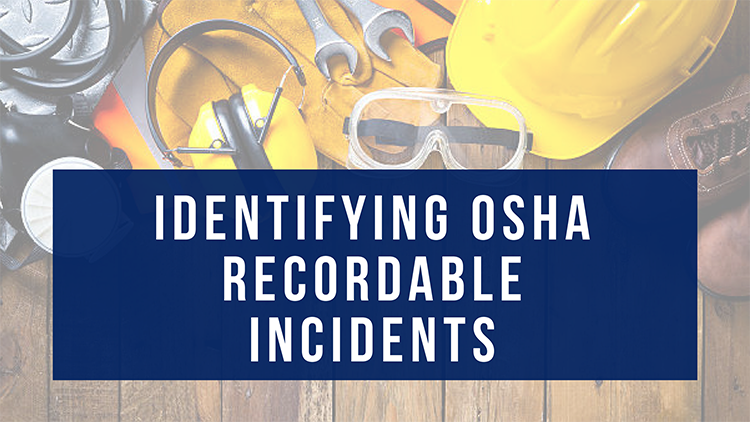Determining if it’s Too Cold Outside to Roof

By Powerblanket.
With the proper planning and equipment, it doesn’t have to be too cold out to roof.
Is it ever too cold to roof? The perfect weather for roofing is when it’s sunny and warm outside with clear skies but that’s just not the case in many parts of the country. Winter is coming and temperatures will be plunging, bringing snow and ice to many rooftops. It’s important for contractors to have the right solutions for roofing in the cold.
Winter roofing challenges
The best temperature range for roof installations is between 70- and 80-degrees Fahrenheit (21-27 degrees Celsius), but when is it too cold to roof? It really is too cold when temperatures drop below 40° F (4° C). Many roofing products have adhesive properties that require the sun’s heat for activation. You risk a faulty roof install if you do not pay attention to the temperature outside. The potential for voided warranty also increases when the temperature drops below 40° F.
Snow and ice
Slick surfaces are a safety hazard for workers. Ice can be difficult to see, and injuries like a slip and fall can happen if extra safety precautions aren’t taken. Snow also makes it difficult to see other dangers like a sky light or damaged areas on the roof. The extra weight of snow on a roof may also make it more susceptible to collapses. This type of damage may not always be obvious on the surface.
Quality of install and materials
When roofing in cold weather, you run the risk of materials becoming brittle and breaking. This may mean that your roof install won’t be up to standard and will fail sooner than it should.
1 - Shingles
Cracked and broken shingles often lead to water damage, one of the more serious problems with roofs. When working below 70° F, the adhesive may not reach the ideal elasticity and will not create a perfect seal. Temperatures warmer than 80° can be problematic in the other direction. Asphalt shingles can become overly pliable and are susceptible to damage during installation. Contractors are more likely to overdrive nails, and foot traffic can erode the protective granular layer quite easily in extremely warm temperatures.
While the installation of shingles in winter is possible with the right prep work and materials, it requires a little more attention. If winter installation is unavoidable, most asphalt shingle manufacturers require a specialized adhesive manually applied to each shingle for temperatures below 40° F (4° Celsius). If shingles are applied below 40° without the specialized adhesive, you risk a voided warranty.
2 - EPDM
EPDM (rubber) membrane roofing materials are even more temperature sensitive than asphalt (composition) shingles. EPDM is joined using an extensive amount of adhesive. It requires high temperatures to be pliable enough to install and cure. EPDM adhesive is very thick and hard to work with even at high temperatures.
Manufacturers recommend the temperature be above 45° F (7° Celsius) for installation. This recommended temperature is not very practical unless a warm storage area is available to keep the adhesive warm until the moment it is used.
Tips for roofing in cold weather
While it might require a few extra steps, roofing in the winter can be done safely. The quality of the install can be just as good as in warm weather with the right preparation. Using the right tools and safety equipment will make any job easier, but it’s even more important in winter conditions. Continue reading for specific cold weather roofing tips.
Remove hazards
Removing any dangerous debris and snow can save a considerable amount of time on your roofing projects. Snow that is heavy and wet can put a lot of weight on the roof, with results in areas that become vulnerable to damage and collapses. Debris from winter storms can also cause more damage than meets the eye.
While it’s easy to focus on dangers on the roof, inspect and clear areas that could be problematic for workers on the ground too. Icicles can be especially dangerous for anyone walking underneath. When removing icicles, be sure to check for damage to the roof and gutters and remove any pieces that are broken.
Work carefully to eliminate cold weather hazards before you start in your job. This will not only prevent common injuries, but it can help protect the integrity of the roof.
Use guardrails
Guardrails can protect workers from falling off steep slopes. Angled roofs make it difficult to stop a fall, even without the added danger of ice. Most guardrails are an easy, temporary install, but there are permanent options available when needed.
Install skylight screens
An unguarded skylight can cause serious injury. While it’s necessary to prevent falls with skylight screens at any time of the year, it’s especially important during winter. Skylights buried under snow are extremely hazardous for anyone walking on the roof. Workers may not even know they are there until they step on one. Using skylight screens are a very effective solution in preventing injuries.
Invest in fall protection equipment
Fall protection equipment offers workers extra safety protection. This way they don’t have to tiptoe around icy sections with the fear of falling. Safety harnesses, lanyards, deadweight anchors, warning lines and more should be used. The time it takes to set up and use safety gear is minimal and protects workers from injury. This allows them to focus their efforts on completing installations and repairs without the fear of falling due to wintery conditions.
Look for harnesses that have thicker straps and allow for easy movement. A harness that fits comfortably and doesn’t tangle easily is key to saving time on the job. Find an anchor system that allows support for more than one worker and has a protective coating to prevent damage to the roof. A high-quality anchor will be quick and easy to set up and last for years, saving you money in the long run.
Be sure to always test your gear and invest in quality materials for the best results. It’s most important to use all gear correctly and not exceed weight limits.
Use Hot Boxes
With Powerblanket’s cold weather construction solutions, you can avoid setbacks in schedule and budget. While winter roofing is not ideal, Powerblanket makes it much easier than it has been in the past. Using a warm box will maintain the desired temperature of your shingles and adhesive on site, making a cold climate install much easier.
Hot Boxes save you money by keeping your products from freezing, without the risk of overheating. The Hot Box pallet warmer can be easily assembled, taken apart, and reassembled. Hot Boxes are ideal for cold weather storage, freeze protection, transporting, job site heating, remote location use, and winter roofing. Standard Hot Boxes hold product between 100°F and 120°F (38°C and 49°C) and optional adjustable thermostatic controllers allow temperatures to be precisely controlled.
Powerblanket Hot Box Pallet Warmers:
-
Preserve temperature sensitive material
-
Have access doors on two sides
-
Assemble quickly and easily
-
Heat materials and palletized products: adhesives, shingles, paint, caulk, resins and epoxies, etc.
-
Are certified to UL and CSA standards
Roofing emergencies and installations don’t stop when the snow starts. Don’t let cold weather slow down your roofing business. With a little extra preparation and attention to safety, you can finish any cold weather project without wasting time and money.
Learn more about Powerblanket in their RoofersCoffeeShop® Directory.
Original article source: Powerblanket





















Comments
Leave a Reply
Have an account? Login to leave a comment!
Sign In